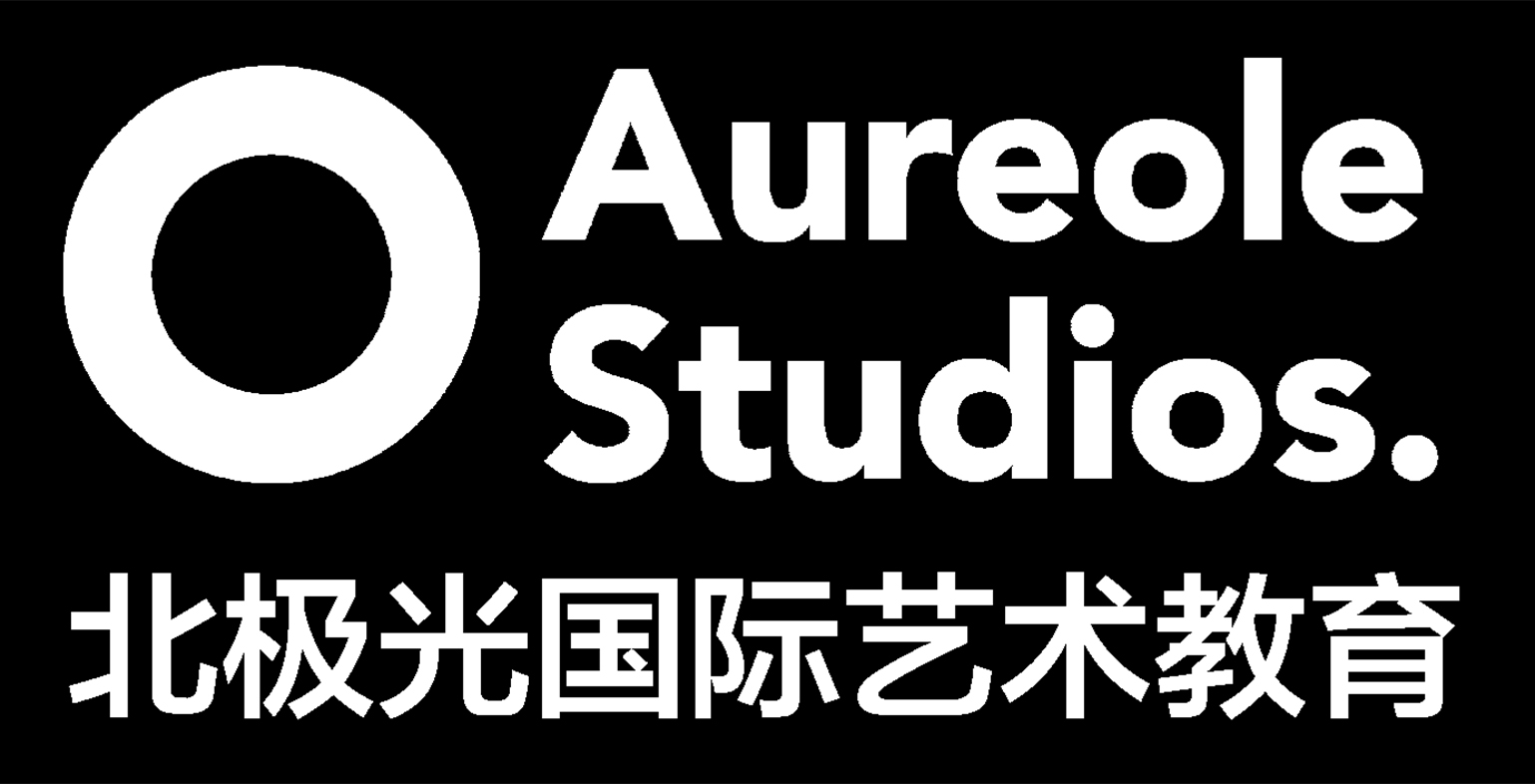Introduction: The fields of animation, illustration, and game design are captivating and creative industries that offer exciting career opportunities. While these disciplines share some commonalities, they also possess distinct characteristics that set them apart. In this article, we will delve into the similarities and differences between animation, illustration, and game design programs, shedding light on the unique skills, techniques, and career paths associated with each.
Similarities:
- Visual Communication: All three fields, animation, illustration, and game design, involve visual communication. They employ various artistic techniques to convey stories, ideas, and emotions to their target audiences.
- Creativity and Artistic Skills: Whether it’s creating animated characters, illustrating captivating visuals, or designing immersive game environments, all three disciplines require a strong foundation in artistic skills, including drawing, composition, color theory, and storytelling.
- Digital Tools: The digital revolution has had a significant impact on these fields. Animation, illustration, and game design programs make use of sophisticated software and digital tools, allowing artists to bring their visions to life. Proficiency in industry-standard software like Adobe Creative Suite, Autodesk Maya, and Unity is highly valued.
- Collaboration: In all three disciplines, professionals often work collaboratively on projects. Animation, illustration, and game design programs emphasize the importance of teamwork, as artists, animators, designers, and programmers collaborate to create compelling visual experiences.
Differences:
- Focus and Application:
- Animation: Animation programs concentrate on the creation of moving visuals and bringing characters, objects, and environments to life through frame-by-frame or computer-generated techniques. Animators often work in film, television, advertising, or video game studios.
- Illustration: Illustration programs primarily focus on creating still visuals that enhance and communicate ideas in various contexts such as books, magazines, advertising, or editorial publications. Illustrators may work as freelancers or be employed by publishing houses, design agencies, or media companies.
- Game Design: Game design programs revolve around the interactive and immersive experience of designing video games. Game designers conceptualize gameplay mechanics, develop game narratives, design levels, and balance player engagement. They may work in game development studios or as independent developers.
- Narrative Emphasis:
- Animation: Animation often involves storytelling through the movement and behavior of characters. Animators must master principles of animation, such as timing, squash and stretch, anticipation, and arcs, to convey emotions and narratives effectively.
- Illustration: Illustration programs focus on visual storytelling through static images. Illustrators employ their artistic skills to create visuals that communicate a message, evoke emotions, or enhance written content.
- Game Design: Game design programs incorporate storytelling elements into interactive experiences. Game designers craft narratives that engage players, integrating gameplay mechanics, level design, and character development to create immersive worlds.
- Technical Skills:
- Animation: Animators must possess strong technical skills, including knowledge of animation software, rigging, keyframing, and motion capture techniques. They also require a solid understanding of anatomy, physics, and movement principles.
- Illustration: Illustrators need expertise in traditional and digital drawing techniques, composition, color theory, and visual communication. They may work with various mediums, such as pencil, ink, paint, or digital tools like graphic tablets.
- Game Design: Game designers combine artistic and technical skills. They must understand game development engines, scripting languages, level design, user interface design, and gameplay mechanics to create engaging and interactive gaming experiences.
- Career Paths:
- Animation: Animation programs open doors to careers as character animators, storyboard artists, 3D modelers, visual effects artists, or motion graphics designers in
animation studios, film and television production companies, advertising agencies, or video game studios.
- Illustration: Illustration programs lead to careers as freelance illustrators, children’s book illustrators, editorial illustrators, concept artists, or graphic designers in publishing houses, design agencies, advertising firms, or media companies.
- Game Design: Game design programs offer career opportunities as game designers, level designers, gameplay programmers, game artists, or game producers in video game development studios, indie game companies, or interactive media agencies.
Conclusion: While animation, illustration, and game design programs share certain similarities, such as visual communication, creativity, and digital tools, they diverge in their focus, application, technical skills, and career paths. Animation emphasizes bringing visuals to life through movement and storytelling, illustration focuses on static visuals that enhance communication, and game design revolves around creating interactive and immersive experiences. Aspiring professionals should consider their interests, strengths, and desired career outcomes when choosing between these exciting fields. Ultimately, each discipline offers a unique artistic journey and a plethora of opportunities for individuals to express their creativity and make their mark in the creative industry.





